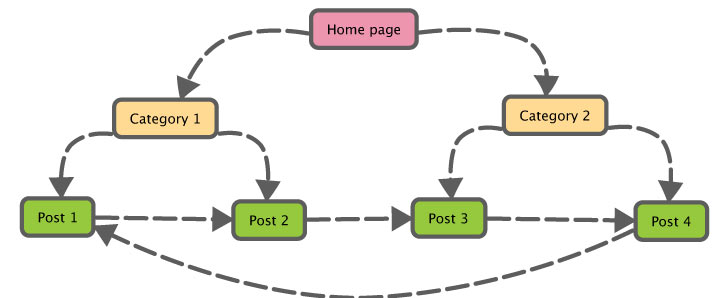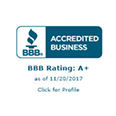How to boost SEO with Internal Links
For businesses to thrive in this day and age, a digital presence is important. Unfortunately, the digital space is now extremely competitive.
Just having a website and social media channels isn’t enough to guarantee traffic for your platforms. For your content and business to be visible among the numerous options available, it should be search engine optimized.
Only 25% of people scroll beyond the first page of search engines. SEO can help your business feature prominently in search engine results pages (SERPs). This will bring more traffic to your site and also improve your sites user experience.
A great SEO strategy to achieve a high ranking on search engines is the use of internal links.

What is an Internal Link?
An internal link is a link that redirects a user to another page in your website.
Suppose you have a construction company. If your most recent post is about basement renovation ideas, you can put a link in it that will direct users to a previous article about the tips of keeping the cost basement renovations low. Both articles are different but relevant to a user seeking basement renovation services.
Why You Should Use Internal Links
Internal linking can significantly boost your SERP ranking. It can do this by encouraging prolonged user sessions and providing clear paths for spiders -software programs used by search engines to keep up to date changes with online content- as well as offering a cohesive network of your pages and posts.
Here are some of the benefits of linking your content to other pages on your website:
• Makes your website more user-friendly by improving navigation
• It helps define the structure and prominence of a site
• Enables equal distribution of ranking power and page authority in your site
Rules of Internal Link building you Should Follow to ensure your Site Ranks High in SERPs
Have a Great Content Marketing Strategy
The only way to use internal links is by having content to link to. Therefore, you should have a content marketing strategy to ensure that there is a constant flow of new posts on your site. With a lot of content, it will be easier to execute your internal linking strategy. Your goal should be getting as many links to different pages on your site as possible.

Use Anchor Texts
You can use words or images to create links. To get the best of your internal linking campaign, anchor your links to texts. Do not worry about using optimized anchors. Anchor texts should fit in naturally into the context of content. Just highlight the relevant word or phrase and link it. Internal links do not have to be optimized to deliver the intended results.
Use Deep Links
Try to link well into the site and on pages with specific content. Your links should go as deep as possible for your site to rank higher on search engine results pages. A general rule of thumb is keeping away from the home page and other top-level pages of your site. This is because the main navigation bar of your site already has links to those pages.
Your goal for using internal links is boosting your SEO by creating a network that connects different pages within your site rather than just a few. A good way of keeping the whole website vibrant is by linking old content to the new posts.
Link Naturally
When using internal links, your focus should be on providing value to your readers. Your pursuit to improve your SERP ranking should not come at the expense of your users. All your links should have information that may benefit the reader and is related or builds on the content they’re currently reading. In simple words, you want your users to spend more time on your site. They are more likely to click on a link that has similar content to what they are reading.
Search engines interpret internal links as high-quality content that would benefit readers thus optimizing your page for searches.
Keep the Number of Links per Page Reasonable
The aim of using internal links is boosting SEO. Excessive use of links can do the contrary.Google recommends using a reasonable number of links per page.
Congesting links on one page will reduce the significance of each link. They should be used to offer additional relevant information to users but not overwhelm them with content.
Too many links will bore your readers and also send can also send spam signals to search engines which will affect your ranking.
Place Links within the Main Content on your Page
To derive the most value from internal link building, place links strategically in the main parts of your content. This will help your SEO as links placed within the content of a page have a much higher value on search engines. Avoid putting links on titles, headers, sidebars or footers as they will seem as Google treats with little or no value to your SEO.
To ensure your links have higher value, have them surrounded with texts that have keywords and build on them. This will also help with the ranking of the target page.

Link to Multiple Pages
When creating new content, find a way to link it to a few different pages on your site. However, you should be mindful of relevance and the number of links you use per page. Depending on the size of your post, you should have two to four links. To enhance the freshness, content value of your site and SERP ranking, link to different pages.
As time goes by, some of your links will get old and outdated. Ensure that you regularly audit old content and update your internal links.
It will serve the following purposes:
• This will help maintain your content’s value to your readers by incorporating new information
• Your sites search rankings will improve as Google will have to review and index the material again. Update the links to your more current content to increase their relevance.
The goal of SEO for any company is ensuring that clients can find their products and services before their competitor’s. However, maintaining relevance and high SERP rankings requires deliberate effort. You should have a content marketing plan that will enable you to use internal links for Search engine optimization.









